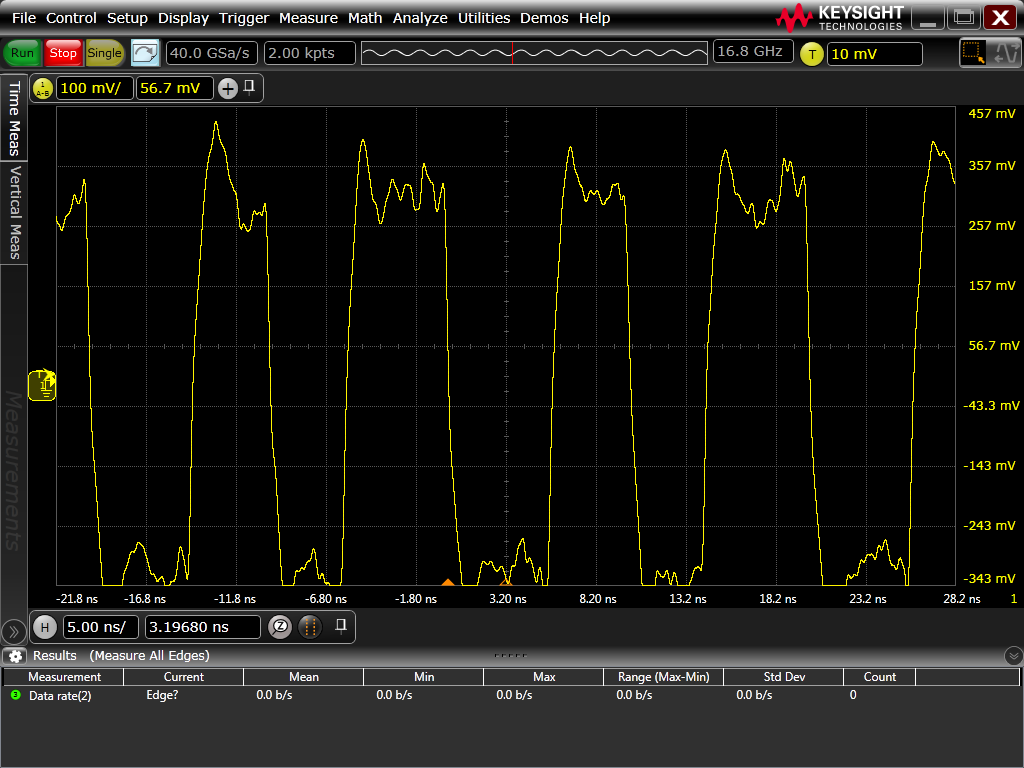Hi, I'm using the DS90CR481, data sheets say, LVDS clock signal shall be
"1111000" or "1110000" pattern, but it's seems "11110000" and "111000" on DS_OPT applied high and BAL applied high
of clock_in @100MHz. is it something wrong using?
-
Ask a related question
What is a related question?A related question is a question created from another question. When the related question is created, it will be automatically linked to the original question.


